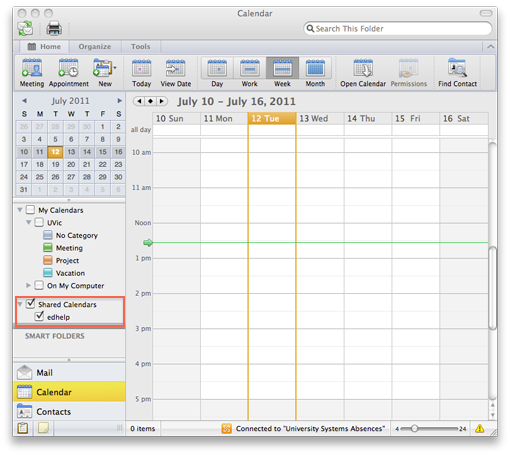Viewing Backup Of Office For Mac 2011
The suite provides new and improved tools that make it easy to create professional content, along with improvements in the speed and agility of Office 2011 you will notice from the moment you open the applications. From managing home projects and planning important gatherings, to helping your kids polish their homework, Office helps your family make the most of every opportunity, every day. Create great-looking documents, spreadsheets, and presentations. Communicate and share with family, friends, and colleagues, whether they're on Macs or PCs. And access your files whenever you need them, using any computer with a web browser and the free Office Web Apps. Improved compatibility Share files with confidence knowing that the documents you create using Office 2011 on your Mac will look the same and work seamlessly when opened in Office for Windows.
[Editor’s note: This is a review of the final, shipping version of Microsoft Office 2011 for Mac. The software was provided to Macworld by Microsoft in advance of the suite’s general release. Much to our surprise, uninstalling Office 2011 for Mac is a terribly complicated affair. Microsoft has been readying its latest update to Office for Mac, and recently released its first preview. Photo sharing sites free. We decided to give it a whirl and wanted uninstall Office 2011 to avoid any conflicts.
I have Office Business, single licence. Godaddy email account settings for mac mail. There has to be a way. Thanks for your help!
• Move the following files to the Trash: com.apple.AddressBook.plist and com.apple.AddressBook.abd • Choose Home from the Finder’s Go menu, then open the Library folder. • Drag the files located inside the “Caches” folder to the Trash (do not move the “Caches” folder itself, only its contents). • Choose Go To Folder from the Finder’s Go menu, then go to this location: /Library/Caches • Drag the files located inside the “Caches” folder to the Trash (do not move the “Caches” folder itself, only its contents). • Log out of your user account (choose Log Out from the Apple menu). • Log in to your user account. • Open iSync and then choose iSync > Preferences > Advanced > Reset Sync History.
Select all of the contacts in the Name category in Address Book by choosing one of them and then choosing Select All from the Edit menu. Next, drag all these contacts into the new folder on the desktop by clicking and dragging one of the highlighted names; this will result in one vCard generated with all your contacts. • Open iSync, then choose iSync > Preference and deselect the option to “Enable Syncing on this computer.” Skip this step if you are running Mac OS Lion 10.7 or later as iSync is no longer supported in current versions of Mac OS. • Delete all of the contacts and groups in Mac Contacts. Quit Contacts.

Even though your data seems to be more accessible, you cannot edit these folders. Your items are stored by size. Messages for example are not stored in Inbox, Drafts, Sents etc. An.olk14 extension indicates it's a Spotlight index message for Outlook 2011. If you can only view these messages if the Identity that contains the message is set as default. 2) I lost my identity (Outlook uses a brand new identity when it starts up).
September 24, 2010. Retrieved November 4, 2010.
I’ll take you through the dead simple step-by-step process of how to do this. Briefly: With this process, you’ll be able to effectively transfer a valid, activated license from one OS X computer to another. Update: It appears as though.lockfiles mentioned are purely optional. If you don’t have one (as shown in the photo below), there is no need to worry. This process works the same.